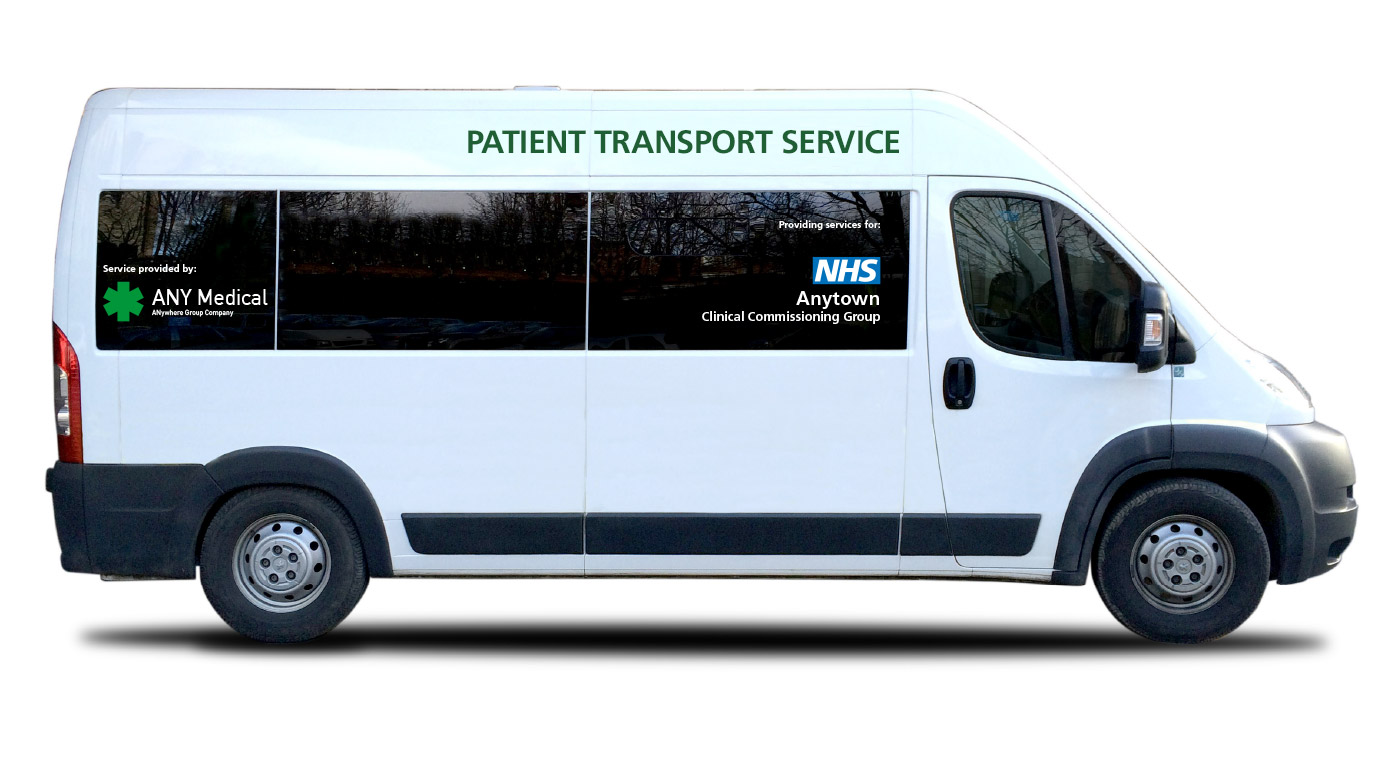
As a patient transporter, empathy can help you connect with patients and their families. You may also need to lift or move patients, so having good physical stamina can help you complete your job duties safely.Įmpathy: Empathy is the ability to understand another person’s feelings and perspective. Having good physical stamina can help you maintain your energy throughout your workday. Physical stamina: Patient transporters often walk or stand for long periods of time. As a patient transporter, being dependable can help you maintain a good reputation with your employer and ensure that patients receive the care they need in a timely manner. This can help the transporter ensure the patient’s safety and comfort during the transportation process.ĭependability: Being dependable means that you can be trusted to complete tasks on time and as expected.

For example, if a patient is in pain, the transporter may need to adjust the patient’s position to ensure they’re comfortable. This can help them ensure the patient’s safety and comfort during the transportation process. They must also be able to listen to and understand information from medical staff.Īttention to detail: Patient transporters must be able to notice any changes in the patient’s condition. They must be able to clearly convey information to patients and their families, as well as medical staff. Patient transporters need the following skills in order to be successful:Ĭommunication: Patient transporters often communicate with patients and their families, as well as medical staff. These certifications allow patient transporters to understand the needs of patients with specific conditions before transporting them. This training may include shadowing another patient transporter or performing duties under the supervision of a supervisor until they are comfortable enough to work on their own.Ĭertifications & Licenses: Some employers may require patient transporters to obtain certification to transport certain types of patients. Training & Experience: Patient transporters typically receive on-the-job training from their new employer. A degree in health care, nursing or another related field can provide a patient transporter with the knowledge and skills needed to perform their job duties. However, some facilities may prefer a patient transporter with an associate’s or bachelor’s degree. To become a patient transporter, you may need to have the following:Įducation: A high school diploma is often a minimum requirement for patient transporters. Patient transporters will be needed to move patients between healthcare facilities and to take them to appointments. The employment of patient transporters is expected to grow faster than average over the next decade.Īs the large baby-boom population ages, more people will need medical care and treatment.

Patient transporters are typically paid hourly, and their salaries can vary depending on a number of factors.

Driving patients to their appointments using an insured vehicle such as an ambulance or van with wheelchair access.

Ensuring that patients are comfortable during transport by providing blankets and pillows.Transporting patients to and from medical facilities such as doctor’s offices, hospitals, dentists’ offices, etc.Monitoring patients’ mobility, comfort, and safety during transportation.Patient transporters have a wide range of responsibilities, which can include: It’s their job to ensure that these patients are comfortable and safe during transport, which means providing them with the proper equipment (such as blankets or straps) and ensuring that they stay hydrated and fed during the trip. Patient transporters must have excellent customer service skills, as they often deal directly with patients who are sick or injured. They may also be tasked with moving equipment and supplies from one area to another. Patient transporters are responsible for safely transporting patients between healthcare facilities or within a single facility.


 0 kommentar(er)
0 kommentar(er)
